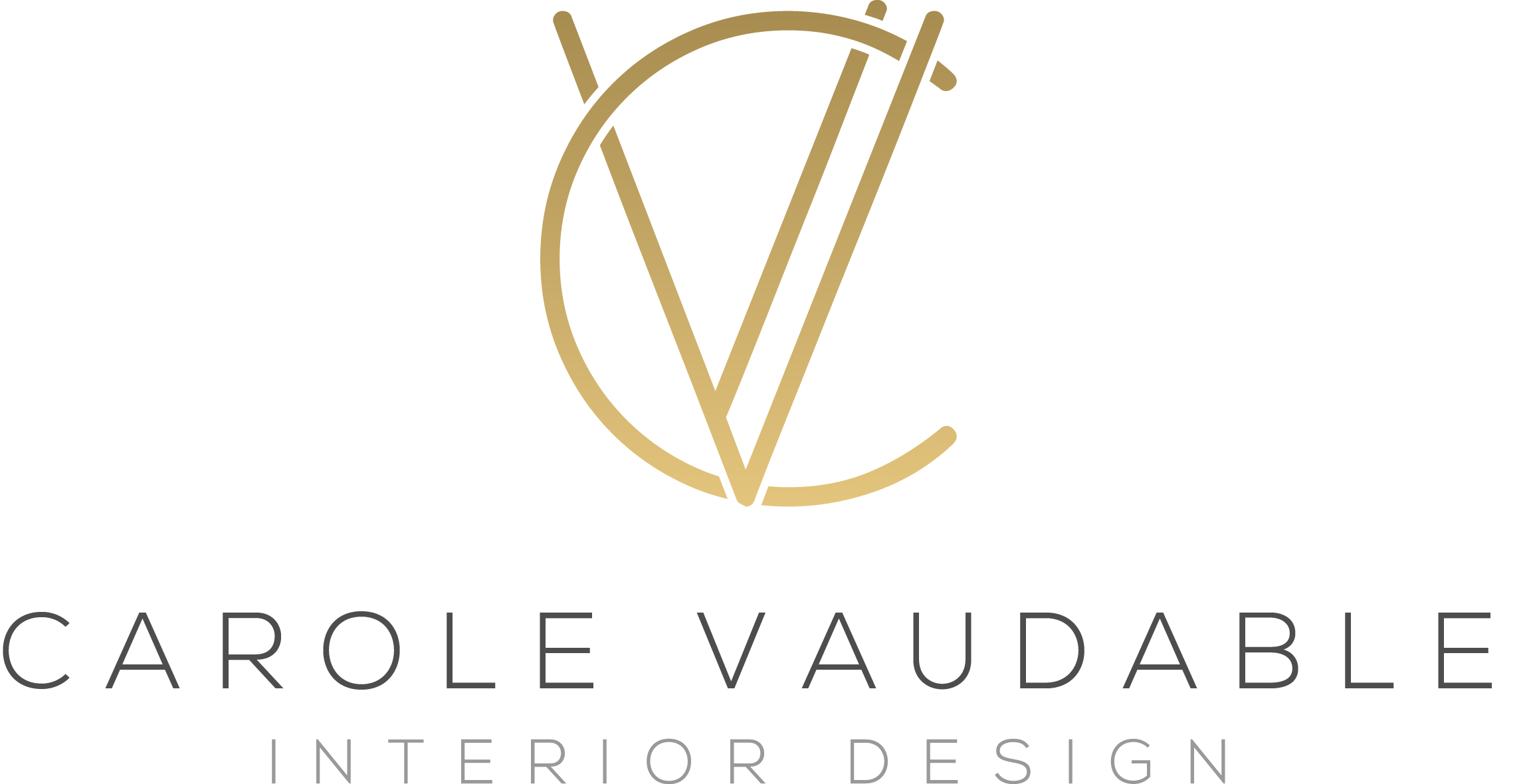How I use colors in my interior design projects!
As an interior designer, I hold the power to transform spaces by understanding and implementing color psychology. I carefully select hues based on their psychological impact, considering the purpose of the area, and balancing tones and contrasts to create environments that not only look beautiful but also elicit specific moods and emotions. The choice of colors I make speaks volumes about the experiences they invite.
It’s essential to understand the basic emotional associations tied to different colors. For instance, warm tones like red, orange, and yellow tend to evoke energy, passion, and happiness. Cool ones, such as blue, green, and purple, on the other hand, are often associated with calmness, tranquility, and relaxation. Neutral ones like white, gray, and beige bring a sense of balance and sophistication. By consciously selecting the dominant color scheme, I set the tone and atmosphere of the space.
I then determine the objective of each room. Is it a bedroom meant for restful sleep, a vibrant living room for social gatherings, or a productive home office? By aligning color choices with the intended use of the space, I put together an environment that enhances the desired mood and supports the activities that will take place there.
With clients from all over the world, I research color combinations that can also vary across different cultures and individuals. I take into account cultural context and personal preferences when choosing a color palette. White in China represents death, whereas in the West it is more associated with calm and purity.
While discerning color psychology principles is important, I don't allow it to hold me back. I love experimenting and breaking traditional rules. Design is an art, and sometimes unexpected color combinations or unconventional uses of hues can create truly unique and emotionally impactful spaces. I trust my intuition and let my creativity shine.
Written by Carole Vaudable, interior designer.
Kitchen designed by Carole Vaudable Interior Design

